Mother’s Day (1980) vs. Mother’s Day (2010): Which is Better?
It’s Mother versus Mother as we take a deep dive into two interpretations of Mother’s Day and determine which is the best, the original or the remake!
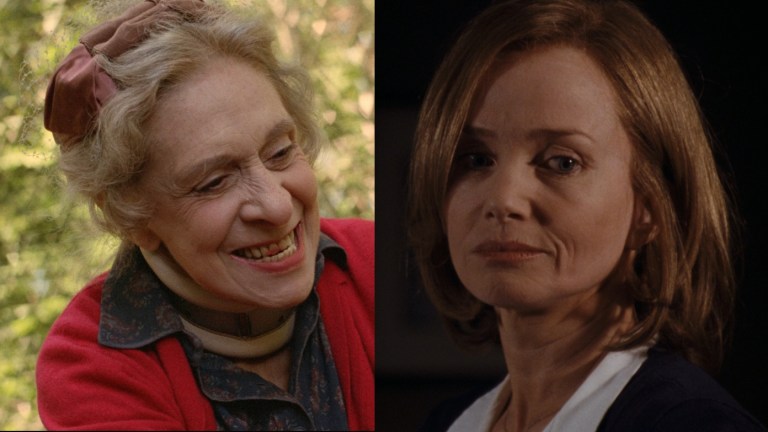
When a horror movie is remade, comparisons to the original are inevitable. Even though both the original and the remake should be viewed on their own merits, it’s not unreasonable to compare and contrast them with each other. It’s a particularly interesting case when a remake is very different from the original. Mother’s Day (2010) is a remake of Mother’s Day (1980), but to even call it a loose remake would be an understatement.
Table of Contents
Besides having three villainous characters with the same names and roughly the same relationship with each other, the two movies are almost entirely different in terms of motivation and execution. But which is better? Read on as we dive into both movies and pit them against each other in a series of categories to determine with version of Mother’s Day is superior. Warning, there are major spoilers for both movies in this article!
Summarizing Both Movies
What is Mother’s Day (1980) About?
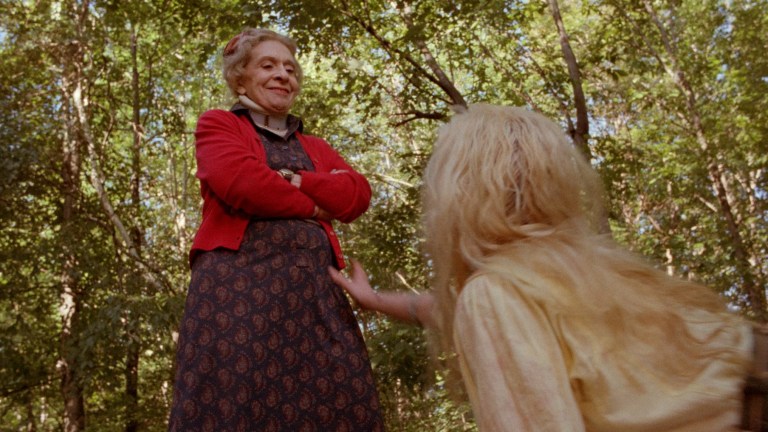
The original Mother’s Day is a horror film about a backwoods family who kidnaps and tortures three women, and it plays out like a cross between The Texas Chain Saw Massacre (1974) and The Last House on the Left (1972). The trio of abducted ladies are Trina (Tiana Pierce), Abbey (Nancy Hendrickson), and Jackie (Deborah Luce). They are friends from college who get together once a year for a reunion in which one of the them picks a location that will be a surprise for the other two.This year is Jackie’s turn to choose the spot for their “mystery weekend,” and she decides on a camping trip in the deep woods of rural New Jersey. She unfortunately picks a spot near where a murderous woman lives with her two sons.

The sons, Ike (Frederick Coffin credited as Holden McGuire) and Addley (Michael McCleery credited as Billy Ray McQuade), abduct the women and take them back to Mother (Beatrice Pons credited as Rose Ross) where she joyously watches as her boys mentally and physically assault the three women. Jackie takes the worst of the abuse, so Abbey and Trina exact vengeance on Mother and her sons, turning Mother’s Day into a revenge movie.
What is Mother’s Day (2010) About?
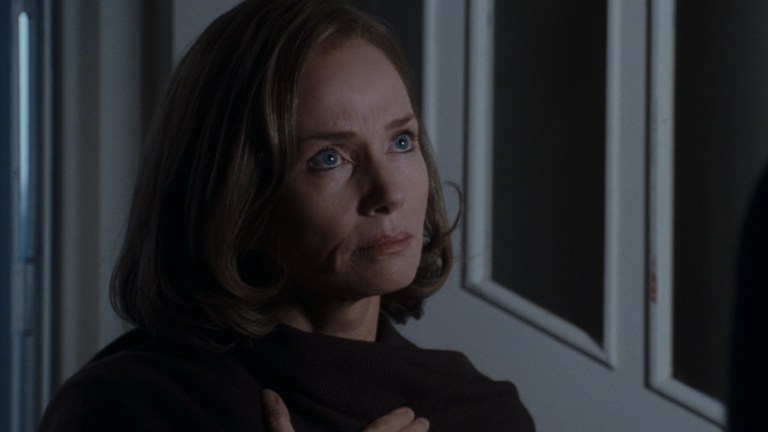
Mother’s Day (2010) is a home-invasion movie about a family of criminals who hold a group of people hostage, and it plays out like a cross between Funny Games (1997 & 2007) and The Last House on the Left (2009). After their brother Johnny (Matt O’Leary) is shot during a failed bank robbery, Ike (Patrick Flueger) and Addley (Warren Kole) rush to what they think is their mother’s home in the suburbs. However, the house was lost to foreclosure, and the new owners of the house, Beth (Jaime King) and Daniel (Frank Grillo), are currently throwing a party with a few friends. Ike and Addley take the partiers hostage while they wait for Mother (Rebecca De Mornay) and their sister Lydia (Deborah Ann Woll) to arrive so they can figure out what to do about the mess they’ve made.
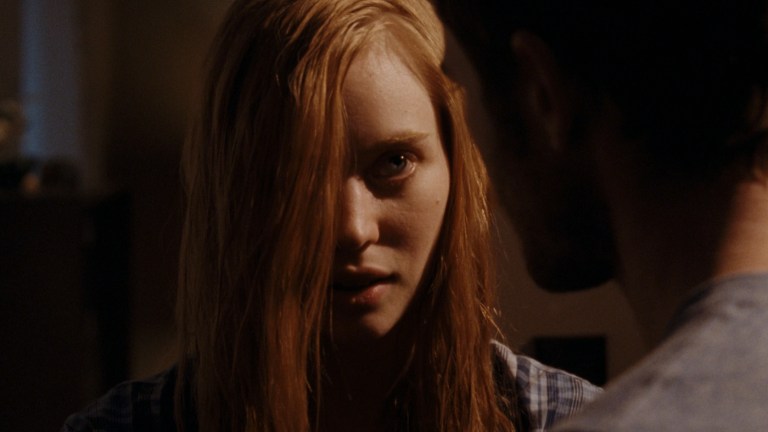
Mother arrives, and she learns that Ike and Addley had been sending money to her former address, but Beth and Daniel both claim ignorance of any money being sent to their home. The family needs money so they avoid law enforcement by escaping across the border, so Mother concocts a multi-part plan. She has Ike take Beth out of the house to collect money from the bank accounts of all of their hostages, and at the same time Mother employs psychological tactics against the hostages to try to find out where the money Ike and Addley had been sending is.
Mother’s Day Head to Head: Original vs. Remake
Poster/Cover Art
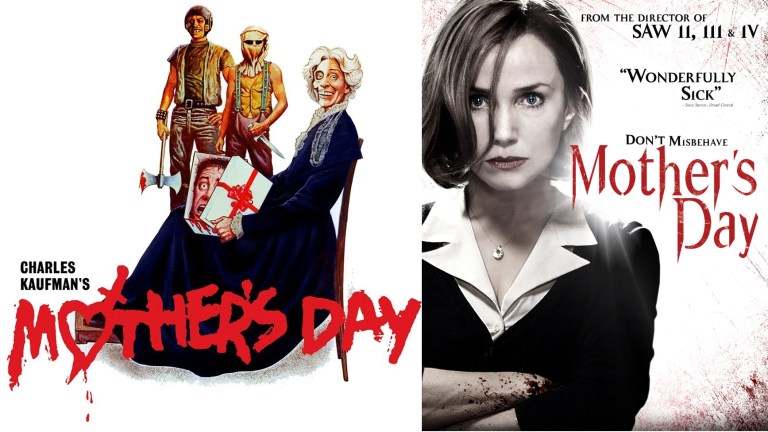
Winner: Original
The original artwork created for the original Mother’s Day isn’t just better than the photographic cover of the remake, the Mother’s Day art is one of the best movie posters in the history of horror movies. The parody of Whistler’s Mother is genius, and good artwork is going to beat a photoshopped picture every time. Sure, the cover art doesn’t necessarily make the movie itself any better, but seeing the cover of the original Mother’s Day, with her half-skull face and a severed head in a box, gets you incredibly hyped for the movie before you ever even watch it. With the remake cover, the best feeling it delivers is “oh cool, Rebecca De Mornay is in this,” which is a perfectly good feeling to have, but it’s not the same kind of hype.
The Cast

Winner: Remake
No disrespect meant to the cast of the original, they’re great, but the cast of the Mother’s Day remake is exceptional. Rebecca De Mornay (The Hand The Rocks the Cradle), Frank Grillo (the Purge franchise), Jaime King (Black Summer), Briana Evigan (Sorority Row), Lyriq Bent (the Saw franchise), Deborah Ann Woll (True Blood), and Shawn Ashmore (Frozen 2010) all lead a strong ensemble cast.
The Villains
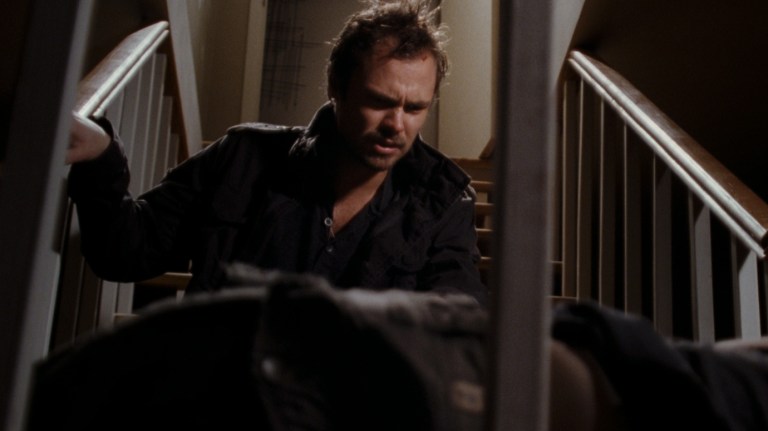
Winner: Remake
Deciding which group of villains is better is a tough call to make. The original Mother’s Day is limited to just three antagonists: Mother, Ike, and Addley. They’re all one-note characters who are crazy and violent at extreme levels. But they are a lot of fun to watch because they’re so goofy. The family of criminals in the remake are deeper as characters, and they’re each more defined. Mother has layers that get exposed as the movie goes on, Ike tries to be the responsible brother but he makes bad decisions, Addley has serious anger and control issues, Lydia is sensitive, and Johnny… well, Johnny isn’t as defined as the rest. But overall the family in the remake is built with a better sense of drama and conflict in mind. So, even though the original villains are entertaining to watch, the remake villains are more complex which helps support better dramatic moments throughout the movie. Also, seeing Rebecca De Mornay’s “Mother” confronted with the truth about her manipulations of her children is one of the more satisfying moments in either film.
The Protagonists
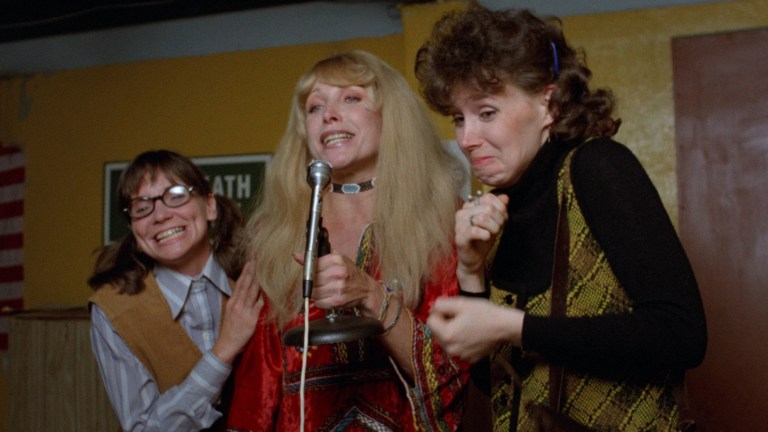
Winner: Original
In the case of the protagonists, simpler is better. The remake has almost too many characters for them to all be compelling. Besides Beth, Daniel, and George (the doctor who helps Johnny), the rest of hostages each have maybe one defining trait that works for the plot, but none of them are particularly compelling on an individual basis. The three friends in the original Mother’s Day are all well-defined, and their backstories help shape the context of their decisions when confronted with the backwoods maniacs. Trina, Abbey, and Jackie all feel like true friends, and that makes the violence enacted on them much more brutal to watch when compared to the mostly self-serving “friends” depicted in the remake.
The Visual Style

Winner: Original
The two versions of Mother’s Day obviously come from entirely different eras of horror cinema, and they both are superb examples of the eras they were created in. That said, the visual style of the original Mother’s Day has a significantly more appealing personality. The remake takes place mostly inside a nondescript suburban house. There are a few scenes in other places like a dry cleaning business and in the streets of an empty town during the beginnings of a storm, but all of the locations are bland and forgettable. The original Mother’s Day is full of bright colors, fittingly cluttered spaces, and interesting camera angles. That makes the original immensely more pleasant to watch.
The Music
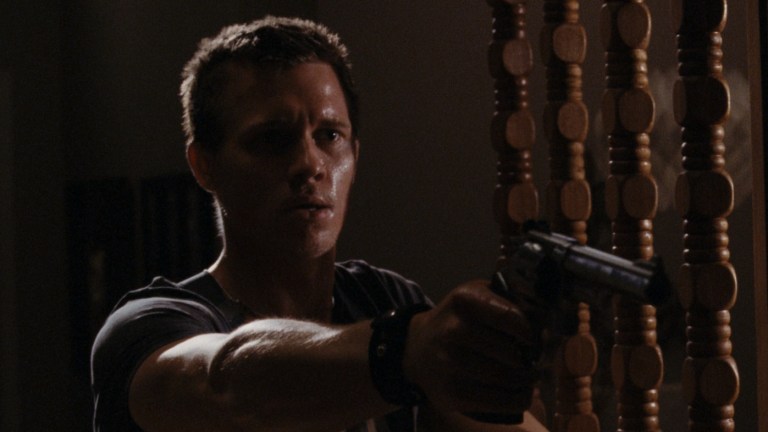
Winner: Remake
The music in both versions of Mother’s Day is good, so this category will just compare the most prominent song in each film. In the original, “I Think We’re Alone Now” by Tommy James and the Shondells stands out because it plays during a flashback in which Trina, Abbey, and Jackie embarrass a jerky guy by tricking him into taking off all of his clothes in the middle of a ballpark. In the remake, “Do-Wacka-Do” by Roger Miller plays during a fight between two of the hostages which was orchestrated by Mother. The song in the original might be more fitting, but “Do-Wacka-Do” is more fun, and the dissonance created by such a silly song playing over two friends forced into possibly killing each other makes a bigger impact.
The Plot and Pace
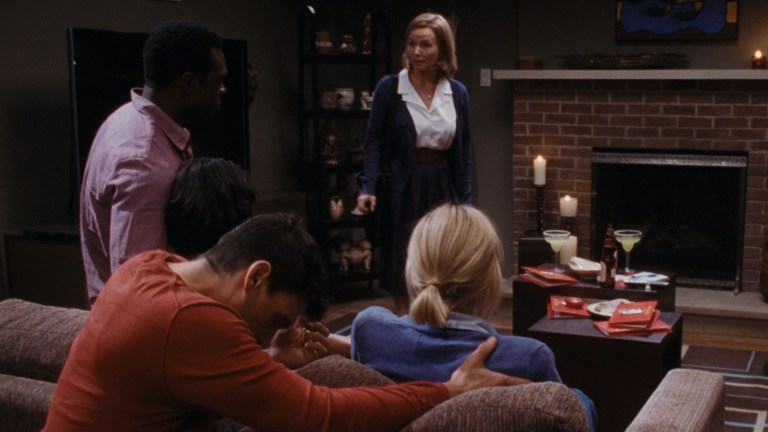
Winner: Remake
The original Mother’s Day is plotted rather conventionally. The sequence before the opening credits provides a quick set of kills to set the mood, then it takes time to build up the movie’s victim-heroes before getting back into the horror about thirty minutes into the run time. The remake also has a pre-opening-credits sequence that sets a mood of murder and violence, but it gets back to the action much quicker. It’s only about seven minutes into the movie before the hostage situation begins, and the pace is kept up pretty much throughout the entire film. The remake is about twenty minutes longer than the original in total run time, but it doesn’t feel like it. Both movies are plotted well, but the slight edge goes to the remake for managing its momentum a little more evenly.
The Story
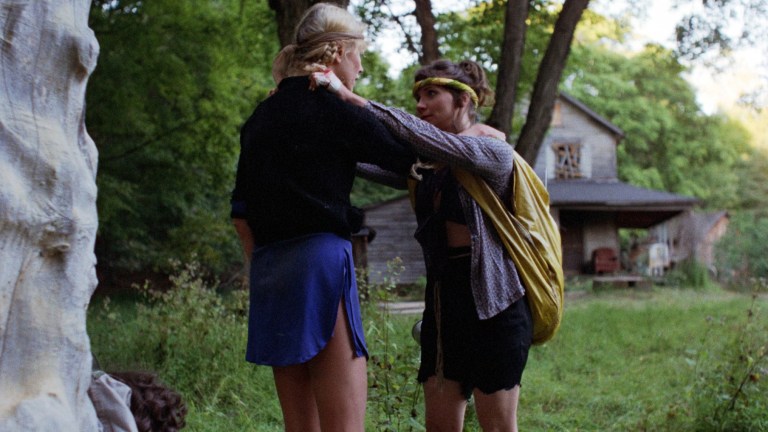
Winner: Original
The story in the remake of Mother’s Day isn’t overly complex, but it is more complex than the original. Complexity and quality don’t always go hand in hand. The basic story of the remake is about a criminal family trying to get money to leave the country, but their obstacles stack up to an almost ridiculous degree, and there are lots of extra story elements that are interesting but don’t always lead to great payoffs. Such as, Mother stealing babies to make up her “family” is a good twist, but beyond a brief character moment and an eye-rolling final scene, there’s not a lot that some of the more extraneous story elements add to the movie. Plus, the remake includes a seriously annoying “why didn’t they just do that sooner” scenario when, very late in the movie, someone remembers there is a set of kitchen knives wrapped as a birthday gift in the room, knives which they could have used at any time throughout the entire movie.
The original has a very straightforward story, and it pays off in a surprisingly powerful way. The three friends are as close as family, so there is symmetry when pitting them against the family of three living in the forest. There is also symmetry within the story. Early in Mother’s Day (1980), we are shown a flashback of Trina and Abbey standing up for Jackie and helping her get revenge on a guy who is taking advantage of her. Then, the finale of the movie involves Trina and Abbey getting revenge on Ike, Addley, and Mother after they take horrific advantage of Jackie. Also, Abbey’s story comes full circle when she kills Mother while imagining her own mother and exorcising her pent-up rage. The original Mother’s Day might be a trashy exploitation movie, but that doesn’t mean it can’t have a good story. It does have a good story, one that is better than the remake.
The Kills
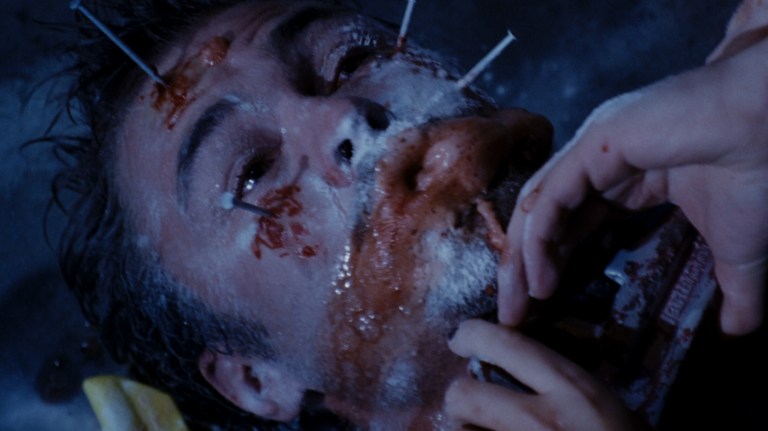
Winner: Tie
Neither version of Mother’s Day is a slasher movie (despite some people labeling the first as such), but there are multiple kills in both. There are more deaths in the remake with eleven total. Most of the deaths are seen on screen, and all but four involve a gun (and one of those four involves a nail gun). The deaths of Ike and Addley are the best and most elaborate, and they echo the deaths of the characters of the same name in the original Mother’s Day. The original shows six deaths on screen, and they are all fairly brutal (though one death happens long after the original attack). The effects aren’t always great, but they’re fun in a 1980s low-budget horror way, bright red blood and all. This category comes down to personal preference. Fans of 1980s horror will likely prefer the original, while fans of more modern horror will go for the remake. For that reason, the “Kills” category is a tie.
The Finale
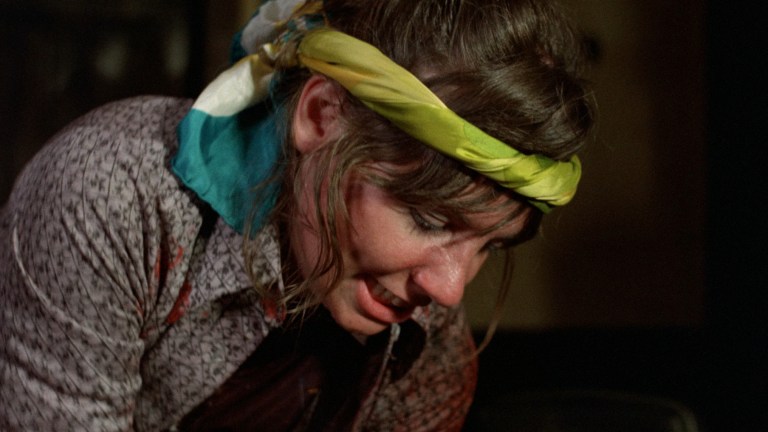
Winner: Original
The final act of any movie has the greatest chance of making or breaking the entire experience. The finale of the original Mother’s Day, in which Trina and Abbey hunt down and kill Addley, Ike, and Mother, is carried out swiftly and with a ruthless anger that befits the brutality of the acts they are avenging. Mother’s death specifically, being suffocated by a set of inflatable plastic breasts, fits the theme of a smothering, horrific motherhood (of both Mother and of Abbey’s own mother) amazingly well. It also fully embraces the overall tone of the movie, which is comedic and horrific at the same time, all the time.
The finale of the Mother’s Day remake is drawn out too long, and it ultimately isn’t very satisfying. Mother is confronted with her hypocrisy, but it doesn’t lead to much as Lydia, the member of the family we’d expect to help turn the advantage over to the hostages, fades into the background. Ike’s death is good and acts as an homage to Ike from the original, but Beth’s final confrontation with Mother ends with a cop-out, “the body was never found” conclusion just so there can be a moment at the end when we see Mother with Beth’s baby. There are also multiple people who survive in addition to Beth, and none of them add anything to the emotional impact of the finale. They’re just there, which is good indication that there were too many characters to begin with.
The Additional Ending

Winner: Neither
Both the original ending and the remake feature a bonus ending tacked on at the end. In the original Mother’s Day, it’s when Trina and Abbey are done with their revenge and begin to leave, and Queenie jumps out of the woods to presumably murder them horribly. It’s sort of funny, but it’s also aggravating. The remake shows Lydia and Johnny with Mother holding Beth’s stolen baby. This scene is also somewhat aggravating. Neither is a particularly good variation of the “one more scare” ending, so no points are awarded for this category.
The Verdict: Which Movie is Better?
The Final Decision
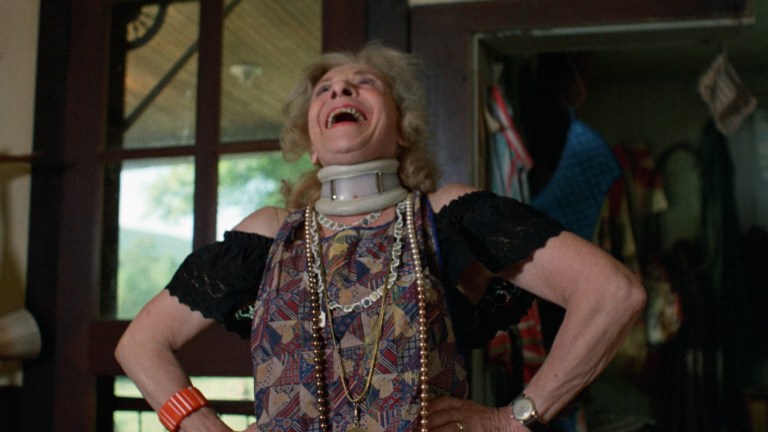
The Best Movie: Mother’s Day (1980)
It’s not necessarily a rule that the original is always better than any remakes, but there are good reasons why certain movies are remade and why other movies aren’t. While it would probably be a good practice to remake bad movies, that almost never seems to be the case. Good movies are the ones that get remade, so remakes always have an uphill battle with inevitable and fair comparisons. Mother’s Day (2010) is a good movie, but Mother’s Day (1980) is better.
The original Mother’s Day is more fun, it looks better, it’s more brutal in many ways, the story is more engaging, and it lands the ending in a much more satisfying way. The best part about the remake is that it didn’t try to recreate the original. It’s very much its own movie with a very different intent and impact. Had it tried to simply redo the 1980 movie thirty years later, comparisons between the two would have been much easier because it wouldn’t even come close. Since it is something almost entirely different, but it does retain some the motherhood themes in different ways, Mother’s Day (2010) is good on its own. It even makes a solid double-feature with the original.
Regardless, the original Mother’s Day from 1980 stands tall, untouched for decades as the best motherhood horror movie for fans of trashy exploitation films.
The Final Scores
Mother’s Day (1980) – 6
- Wins: Poster/Cover Art, The Protagonists, The Visual Style, The Story, The Finale
- Tie: The Kills
Mother’s Day (2010) – 5
- Wins: The Cast, The Villains, The Music, The Plot and Pace
- Tie: The Kills
